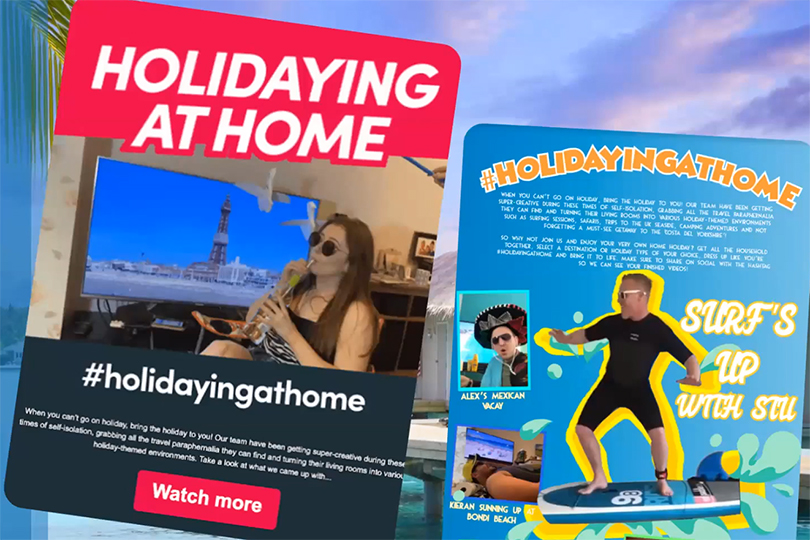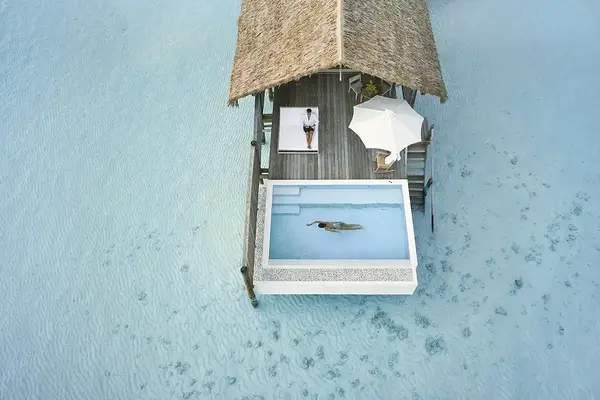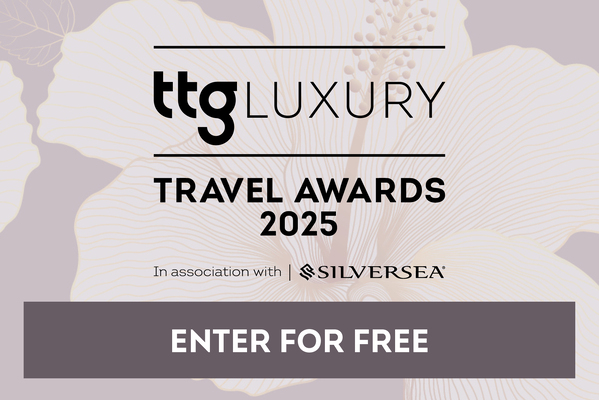Tips for maximising the potential of email marketing during the pandemic
In a recent webinar by data analysts Validity, experts revealed how email marketing had seen a boost in effectiveness during lockdown, helping travel companies engage with and inform users. Abra Dunsby explains how to continue using the channel effectively
During a recent webinar hosted by data analysis company Validity, two experts discussed the importance of email marketing in helping to drive traffic to travel websites during the coronavirus lockdown and beyond.
In the Destination Inbox: Green Light to Travel webinar Gabriel Gastaud, director of professional services at Validity, explained how travel companies can re-engage with their customers by sending relevant, personalised and well-timed emails to maximise open and click-through rates, while Jon Kirk, email manager of travel price comparison website icelolly.com, talked through the company’s recent email marketing successes.
Here we present their findings, tips and tricks for maximising the potential of email marketing.
Lockdown lift
Using Google Analytics Benchmarking Data Gastaud revealed that between April to June this year email marketing correspondence drove 12% of all visits to UK travel websites, an increase of 36% compared to the same time period in 2019.
Data also revealed that compared to other marketing channels, such as social, direct, organic search, paid-for search and referral, visitors who visited travel websites as a result of email marketing were not only more engaged, visiting multiple pages on a site in one visit, but were also far more likely to return to the site – with 70% of visits from returning users compared with just 52% from other marketing channels.
Guy Hanson, vice president of customer engagement at Validity, added that he believed the high number of returning users when it comes to email is a “reflection of the post-GDPR halo effect” – i.e. email senders have implemented stronger consent, greater clarity around how personal data is used for marketing purposes, and greater choice around what consumers receive, such as types of messages and frequency of messaging. “This means they are now more engaged with the brands operating these programs,” he said.
He added that Validity’s research had shown “shown strong uplifts in email deliverability, open rates, click rates and attributable sales revenue” during lockdown, while “negative engagement metrics” such as opt-outs and spam complaints were reduced during this time period.
“[During lockdown], email has been critical to maintaining the relationships with existing clients and prospective clients, who may be unsure about the effect Covid is having on travel businesses,” explained his colleague Gaustaud.
Despite the efficacy of email marketing in “[bringing] back loyal clients and visitors,” so far in 2020 email has only represented 3% of digital marketing spend, meaning travel companies are prioritising other, perhaps less effective marketing channels.
Given email’s outperformance over other marketing channels, Gastaud believes an extra 1% of digital marketing budget in email would drive a 1.8% uplift in online visits, compared to just 0.6% for social, 0.2% for paid search and 0.1% for display ads.
Travel companies should therefore reconsider how much email marketing can contribute towards their success, concluded Gastaud.
Content shift
Icelolly.com’s Kirk explained that a new approach to email during lockdown that prioritised content kept customers engaged while other primary marketing channels were put on hold.
“It’s not been the time where we could push product [over email]. Now really has been the time where content has been king,” he explained.
Email marketing from icelolly.com included a #holidaying at home campaign, a series of short videos featuring icelolly staff holidaying at home to engage with and entertain users. The company also created emails embedded with activity packs filled with online quizzes, games and puzzles that users could enjoy with their families from home.
The content resulted in a 32% increase in click-through rate “and helped sustain engagement throughout lockdown,” said Kirk.
“The whole point was to show that icelolly really cares about its customers and we understood the challenges we were all facing together. By creating quizzes in the emails we were able to encourage customers to repeat engage,” he adds.
Emails were also used to inform customers and keep them up to date with relevant information, including content about what travel would look like post-lockdown, and messages from icelolly’s chief executive. “It really brought forward the human element of the business,” says Kirk.
The new strategy was effective, with 40% of icelolly’s traffic now coming from email. Before Covid-19 and lockdown, the amount of traffic generated by email marketing was 10%.
As the business now looks towards recovery and keeping costs low, Kirk reveals that email marketing will remain an integral part of the company’s digital marketing strategy.
“As email is one of the most cost-effective ways to deliver traffic, the business has begun to utilise this resource much more in supporting icelolly.com moving forward as it offers some of the most positive Return on Ad Spend.”
Validity's Guy Hanson offers tips for effective email marketing in the current climate
- Deliverability: Global email volumes have increased significantly, partly because companies are trying to make up for lost time as we ease out of lockdown, and partly because of a sharp increase in new subscribers. This volume increase is going to make email deliverability more challenging, especially as peak sale season approaches with Black Friday, Christmas and New Year. Email programs should monitor their sender reputation metrics (see senderscore.org) and work to address the factors that impact on reputation such as spam complaints; data quality; email authentication and infrastructure; and low levels of subscriber engagement.
- E-receipts: Since GDPR, one of the biggest drivers of email list acquisition has been at point-of-sale, where customers are asked if they'd like to receive an e-receipt, and whether they're happy to receive marketing emails. Now that stores are re-opening, companies should focus their efforts on carefully and legally growing this list.
- Subscriber profiles: Many email programs have seen a spike in new subscribers as traditionally offline consumers have been forced online during lockdown, with some seeing their lists grow by 50%. These new subscribers might have a slightly different profile - perhaps they're older or less tech-savvy. Travel companies need to think about using slightly different approaches to offers and messaging for these new subscribers to ensure they remain engaged.
- Authenticity: During lockdown, rather than just focusing on promotions and offers, senders have also used messaging such as “We're in this together” and “How can we help you?” This has contributed to an uplift in response rate. While showing empathy is good, the messaging needs to be authentic and credible - if it isn't, and simply creates an impression that the sender is trying to profit from a difficult situation, subscriber responses will be highly negative.
- Value exchange: The Data & Marketing Association has calculated average email Customer Lifetime Value at £34 – this is the average revenue that can be extracted from the subscriber in the course of their lifecycle. If there is to be a fair value exchange then businesses need to think about how to ensure subscribers receive a similar amount of value in return for providing their personal data. Value can be direct (eg money off, discounts or free delivery) but it can also take softer forms (eg providing useful information).
- Key learnings: Additional tips we've learnt from the past six months include: promote loyalty programs to drive engagement and new sign-ups, and promote and support socially conscious initiatives that are aligned with the actions and values of subscribers, such as charitable initiatives or donations.




















